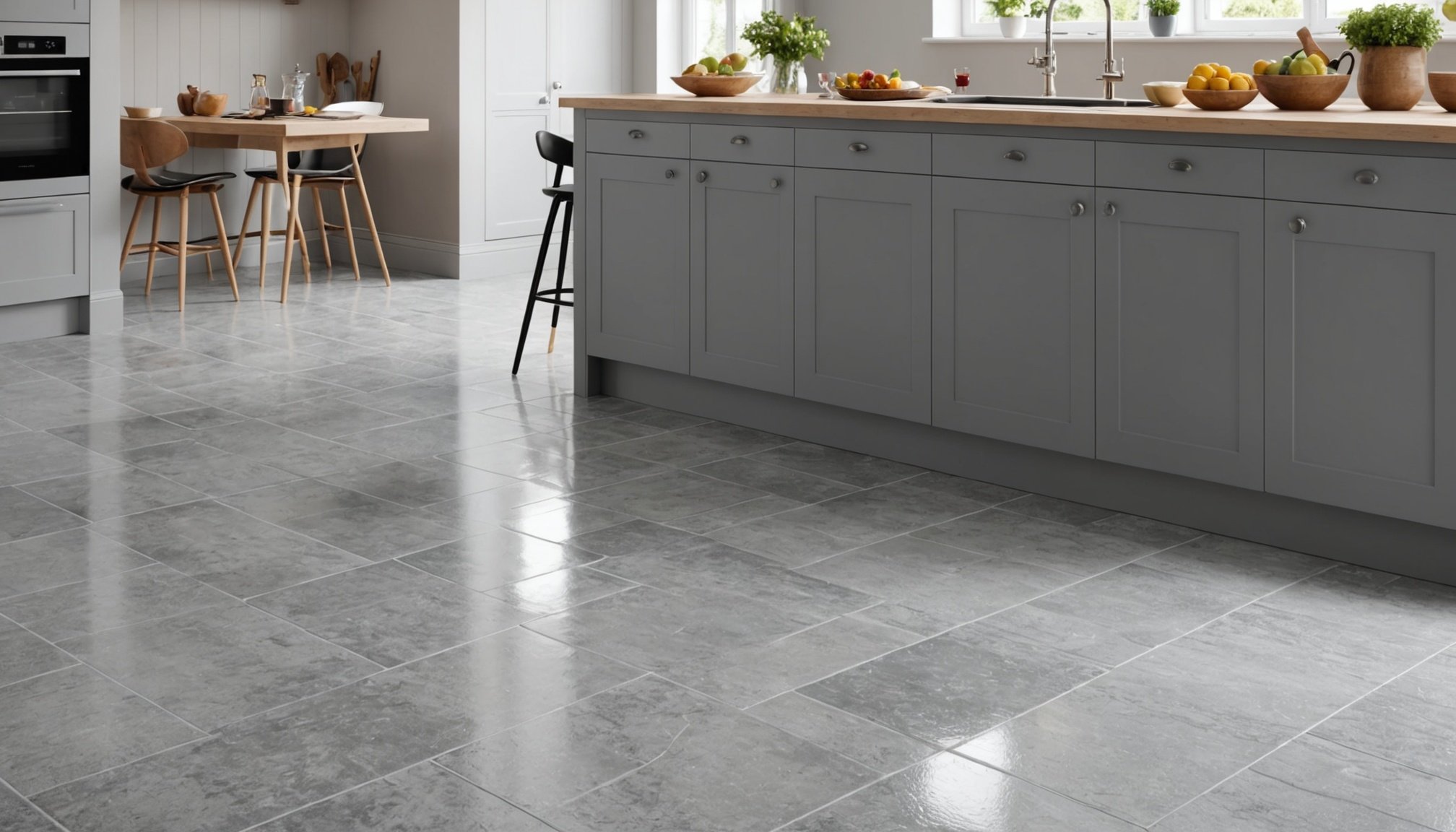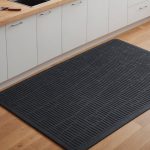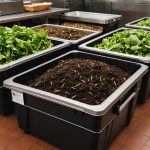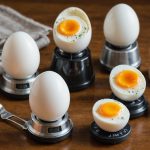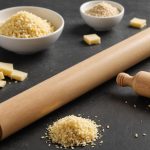Top Thermal Insulation Materials for Kitchen Floors in UK’s Chillier Regions: A Comprehensive Guide
As the UK faces increasingly chilly winters, ensuring your home is well-insulated is more crucial than ever. One often overlooked but critical area for insulation is the kitchen floor. A well-insulated kitchen floor not only makes your home more comfortable but also helps reduce energy bills and create a more energy-efficient home. Here’s a detailed guide to the top thermal insulation materials for kitchen floors, especially in the UK’s chillier regions.
Understanding the Importance of Insulation
Before diving into the materials, it’s essential to understand why insulation is so vital. Insulation helps to retain heat within your home, reducing the need for constant heating and thus saving energy. Here’s what an expert from the field has to say:
Also to read : Elevate your holiday cooking: essential strategies for designing a streamlined kitchen space
“Insulation is the backbone of any energy-efficient home. It helps to reduce heat loss, making your home warmer and your appliances more efficient. For instance, a well-insulated kitchen floor can make a significant difference in how your washing machine and other kitchen appliances perform, as they don’t have to work as hard in a warmer environment,” explains Jane Smith, a home energy expert.
Types of Insulation Materials for Kitchen Floors
There are several types of insulation materials that are suitable for kitchen floors, each with its own set of benefits and drawbacks.
Also to read : Designing the Perfect Kitchen Workspace for Your Home-Based Food Venture
1. Foam Board Insulation
Foam board insulation is one of the most common and effective types of insulation for kitchen floors. It is available in various thicknesses and can be cut to fit around pipes and other obstructions.
-
Benefits:
-
High strength and durability
-
Easy to install
-
Available in different types such as polyisocyanurate (PIR), polyurethane (PUR), and extruded polystyrene foam (XPS)
-
Can be used under screed or cement
-
Drawbacks:
-
Can be more expensive than other types of insulation
-
May not be suitable for very damp environments
2. Reflective Insulation
Reflective insulation, such as aluminum foil-backed insulation, is another option that works well in kitchen floors. It reflects radiant heat rather than absorbing it.
-
Benefits:
-
Easy to install
-
Can be installed over existing insulation
-
Low cost compared to foam board insulation
-
Can help reduce energy bills by reflecting heat back into the home
-
Drawbacks:
-
May not be as effective in very cold climates
-
Requires careful installation to ensure it is properly sealed
3. Fiberglass Batt Insulation
Fiberglass batt insulation is a traditional choice but can be more challenging to install in kitchen floors due to the need for precise fitting around pipes and other obstacles.
-
Benefits:
-
Cost-effective
-
Widely available
-
Can be used in various parts of the home
-
Drawbacks:
-
More difficult to install in kitchen floors
-
May lose effectiveness if not properly fitted
-
Can be irritating to skin and respiratory system during installation
Detailed Comparison of Insulation Materials
Here is a comprehensive table comparing the different types of insulation materials for kitchen floors:
| Material | Thickness | R-Value | Cost per m² | Ease of Installation | Moisture Resistance | Environmental Impact |
|---|---|---|---|---|---|---|
| Foam Board | 20-100 mm | R-3 to R-8 | £20-£50 | Easy to moderate | High | Moderate |
| Reflective | 5-10 mm | R-1 to R-3 | £10-£20 | Easy | Low | Low |
| Fiberglass | 50-150 mm | R-2 to R-4 | £15-£30 | Moderate to difficult | Low | Moderate |
Practical Considerations and Expert Advice
When choosing and installing insulation for your kitchen floor, there are several practical considerations to keep in mind.
Assessing Your Home’s Needs
Before selecting an insulation material, assess your home’s specific needs. For example, if you live in a very damp area, you may need insulation with high moisture resistance.
Professional Installation
While some insulation materials are easy to install, it is often recommended to hire a professional to ensure the job is done correctly. Here’s what a professional installer advises:
“Proper installation is key to the effectiveness of any insulation material. A professional can ensure that the insulation is fitted correctly around all obstacles and that there are no gaps or voids that could reduce its efficiency,” says Mark Davis, a home insulation expert.
Combining Insulation with Other Energy-Efficient Measures
Insulation is just one part of creating an energy-efficient home. Combining it with other measures such as efficient windows, smart home appliances, and a well-maintained heating system can significantly reduce your energy bills.
Cost Calculator and Budgeting
The cost of insulation can vary widely depending on the material chosen and the size of your kitchen floor. Here is a rough estimate of the costs involved:
- Foam Board Insulation: £20-£50 per m²
- Reflective Insulation: £10-£20 per m²
- Fiberglass Batt Insulation: £15-£30 per m²
To give you a better idea, here is an example of how to calculate the cost for a typical kitchen floor:
Kitchen Floor Area: 20 m²
Material Cost: £30 per m² (Foam Board Insulation)
Total Cost: 20 m² * £30/m² = £600
Ways to Reduce Energy Bills Through Insulation
Insulation is one of the most effective ways to reduce energy bills and make your home more energy-efficient. Here are some ways insulation can help:
- Retain Heat: Insulation helps to retain heat within your home, reducing the need for constant heating.
- Reduce Heat Loss: By reducing heat loss through the floor, you can keep your home warmer without increasing your heating costs.
- Improve Appliance Efficiency: A warmer kitchen environment can make your appliances, such as your washing machine and refrigerator, more efficient.
- Create a Smart Home: Combining insulation with smart home technologies can help you monitor and manage your energy usage more effectively.
Insulating your kitchen floor is a smart and cost-effective way to make your home more energy-efficient and comfortable. By choosing the right insulation material and ensuring proper installation, you can significantly reduce your energy bills and contribute to a more sustainable future.
Here’s a final piece of advice from an expert:
“Insulation is not just about saving money; it’s about creating a comfortable and sustainable home. With the right materials and installation, you can enjoy a warmer, more energy-efficient home while also doing your part for the environment,” concludes Jane Smith.
By following this comprehensive guide, you’ll be well on your way to selecting and installing the best thermal insulation for your kitchen floor, ensuring a cozy, energy-efficient home for years to come.

